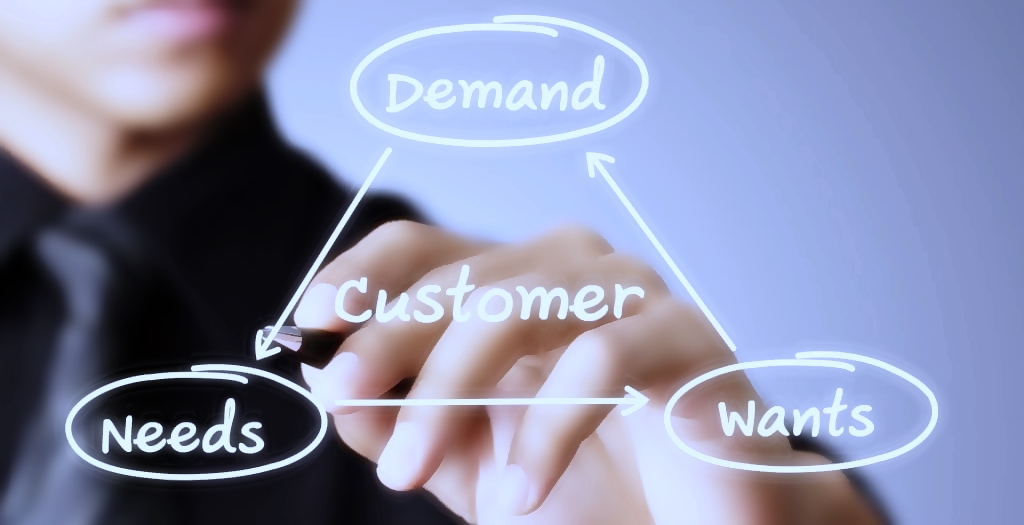
How Can You Use Data Science to Predict Customers’ Need?
A business must have an idea of what their customers are going to buy further, so they need to predict the behavior of clients. Always make sure to serve your customers by offering them something in advance. It must be something that they will be going to deserve this or expect in the future.
Today business intelligence is all about planning for the future, not only for the present. Data science can help businesses to segment their clients in a more detailed manner. They can also better predict the behavior, and provide personalized support to their clients to make the next purchase.
How to Predict the Behavior of Customers?
A company can apply data science techniques for predicting the behavior of the customers. It can be done effectively by following ways;
Step-1: Plan an Aim
A business must define a goal to make queries for the predictions. Hence, by referring to this aim, a company can make predictions that can be further analyzed as per different test cases.
All it needs is to set criteria like how much sales will be going to happen in the next three months by a particular segment of customers. Many factors can affect it and uncover by working for a specific set of predicted goals.
Step-2: Collection of Relevant Data
After setting a goal, the next major task is to collect Big Data to achieve it! Thus, to move ahead, it is recommended to use the past Data, like historical sales.
So here, the simple formula is to process the data available from the past. Further, analyze it at present, and predict for the better future of a business. Hence, by revising through the past sales data, one can get much information about – what they buy, how can they purchase, when do they Purchase, and more.
Therefore, one can predict well only by collecting and analyzing the right data available. Now, many people might have doubts about how much is necessary to use for prediction. By the way, it varies according to different fields, and no particular rule is there. In the retail industry, as per experts, a company has to collect data of a minimum of two years before to predict well about seasonal trends.
Step-3: Prepare and Use a Simple Predictive Model
Now, after managing the big data, the next is to use the data science approach to using a right from many modeling tools. They are generally software-based complex machine learning algorithms that can process a large amount of data.
Their main task is to provide some necessary insights to the users helpful for their future benefits. It is best to apply a simple model that can be easy to change in the future, and it is easy for anyone to interpret them. It is necessary to consider while selecting the right predictive model.
After all, it can help a business to make big profits in the future and is a continuous try and change process. So, it is better to avoid a sophisticated model. A complex model is not difficult for one to understand. Also, it is very time taking the procedure to make any changes in it.
Step-4: Testing of the Model
Until now, a business can set its prediction goal, collect the relevant big data, and choose the correct predictive model. Now to test whether the prediction model is accurate for your business, it is best to use different data sets.
They might be something that might be used in training the model as inputs. You can get different outputs. So the analytics team can estimate whether the model is working right to generate right predicts to solve the queries as per the set goal or so.
Step-5: Apply the Model
After analyzing the model that works best to generate the right predictions for real scenarios, the final step is to deploy it in the business. It can be done using different ways:
-Running it locally on the same machine that has generated it, so to avoid any extra effort to set it up.
-Attach it with an automated service that can run the model at specific intervals. It can be done every day, week, or month, generate the predictions and add them to your database.
-It can be made public by creating an API or web app. Hence, any person in the organization can access the model and generate predictions in real-time.
Thus, to predict customers’ needs, you must analyze the past data and then formulate strategies based on it. To make this process easier and more effective, feel free to contact NextBee. We have a successful track record for more than a decade in helping business organizations in defining powerful customer-oriented solutions and gain substantial growth.
